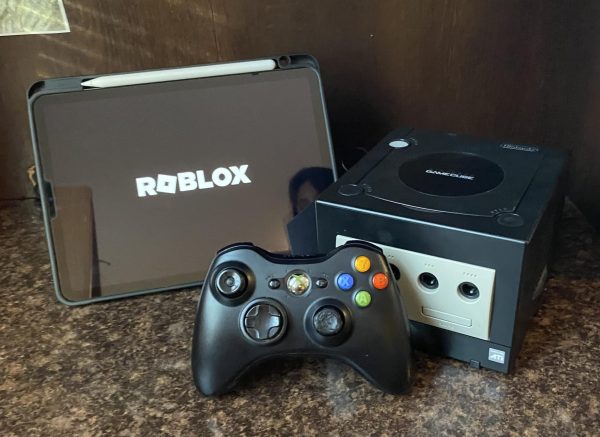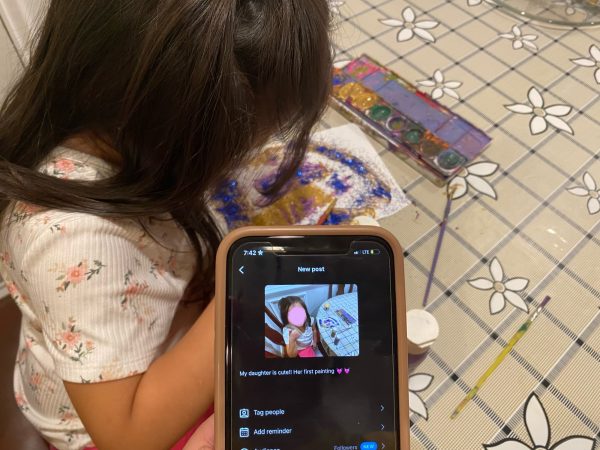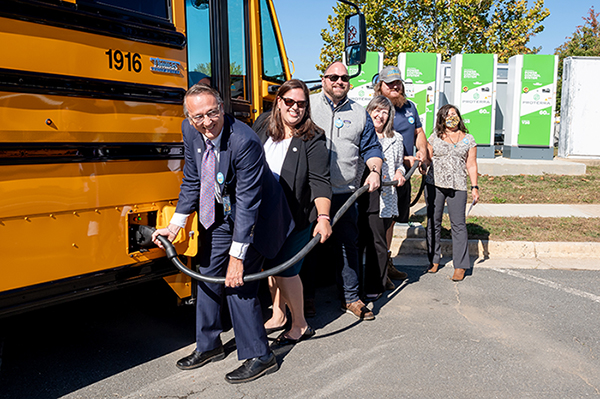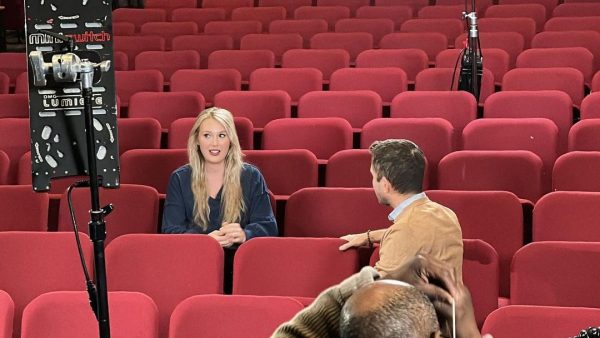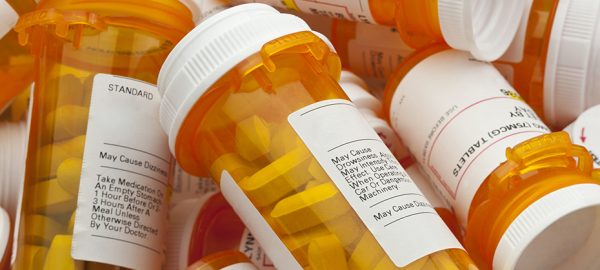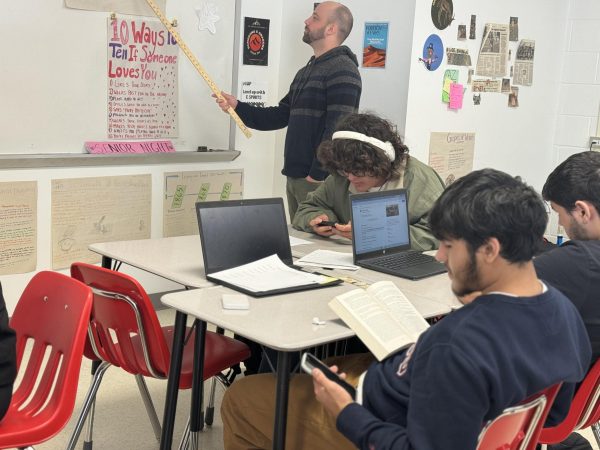Should there be more technology in the classroom?
Yes
Teens in the 21st century are known for being glued to all sorts of gadgets and electronic devices. Although, that may not be the case for all. According to a study done by the Pew Research Center in 2013, 25% of households are without computers and 29% are without internet access.
If schools incorporated more technology into the curriculum, it would give both underprivileged students and students in general, increased learning opportunities.
Another recent study by education.com showed that students enjoy the interaction of technology and that more than 90% of youth in each country are digital natives, which means a person brought up in the age of technology.
Increasing the amount of technology in the classrooms makes the distance between students and information almost nonexistent. More technology also gives students quicker and more up to date information. Incorporating more devices such as tablets and laptops into classrooms allows students to select the pace and style of their learning.
The ability to have full access to technology, including computers and the Internet, enables students to become self-directed learners. This means that students will not have to depend on their teachers or books for instructions, and instead develop research and analysis skills.
More technology in the classroom teaches responsibility as students will have to learn to make choices independently. A majority of jobs in the workplace require basic keyboard and computer skills so if students are given access to these two things at school, they will have these skills on hand in the future.
Adding more devices into classrooms does not only benefit students, but teachers as well. By making the class virtual, teachers will be able to give out assignments and assessments online which allows them to grade work much faster.
There are also apps that allow teachers to select books, scan documents, and even post video lectures.
Another study by South University showed that 90% of pupils believed that having more technology in school was very useful in the classroom. Not only is it useful in the classroom, but in the real world too.
Technology prepares students for the future as our world is becoming more dependent on technology. Having access to the web in the classroom allows for students to learn not only in the classroom but outside too. It gives students access to assignments and information anytime and anywhere. Technology gives students the chance to work with other students in the classroom.
More technology means more collaboration between students. More collaboration between students helps build student’s social skills, which is also a skill needed in the workplace.
With more technological advances in the classroom, the number of things students can create is endless. Students will be able to create videos, PowerPoint slides, etc. With everything being online in the classroom, it eliminates the amount of paper used and saves the school money by getting rid of expensive paper textbooks.
Having more technology in schools helps spark the interest of learning in students and gives countless opportunities to create and explore the world of education.
No
Increasingly, technology has been depended on in almost all situations of life. Teenagers, especially, have been raised and, for the most part, dependent on technology from a young age.
Now, we depend on our devices to find our next meal, communicate with our friends, entertain ourselves, finish homework, and countless other activities. For this, technology is a blessing, but it is also a curse. It must be understood that technology can be easily abused, especially in the classroom.
One of the many problems with the integration of technology into the classroom is the expenses. Huge amounts of cash have been spent in an effort to expand technological devices to keep up with times.
In a classroom, every minute counts. Teachers need to make sure that students can get all of their work done by the end of the year.
It is useless to say that we should stop the technological movement altogether because it is inevitable. Clearly, in the future, technology will be in the classroom. However, the issue that arises is how the technology will be used in a realistic and personalized manner.
Additionally, it is also unreasonable to say that technology will be useful in the classroom and will play a vital role in learning.
With technology there are technical problems. When valuable time is being spent on teachers dealing with issues that come with new devices, time that should be focused on instruction is being wasted
With wasted time comes not enough personalized time. Teaching requires personalized instruction. This allows students to better understand the lesson and learn it with pace.
Depending on electronic devices to complete aide the job of a teacher will be what inevitably happens and because of this students will be more behind than they were before.
As Fairfax county depends more on technology to aid teaching, the personal experience of learning will be gone, and eventually this power of technology will be overused and manipulated to hurt agendas.
Technology has become an abused power. Instead of using technological resources in a beneficial way, people are using it in ways that won’t help their education. Technology should be used used to help supplement the classroom curriculum, and should be utilized as a source of learning.
However, when FCPS starts to depend more and more on the new technological devices that are sweeping the nation, it leads to more overuse in schools. That is where the problem lies, because students will be drawn in by the technology that they obsess over in their free time, during school hours.
It is important to go back to the core of teaching and understand that before more technology is pushed in the classroom, we must understand and plan how it will be used efficiently. Additionally, technology will be utilized regardless of the drawbacks, which is why it must be done in baby steps.
Before we jump into a full fledged technology dependent classroom, different strategies need to be used to help make the classroom experience efficient, without the full dependence of technology.

Senior Aseal Saed is currently the Co-Editor in Chief of The A-Blast. This is her fourth year on staff. Her previous positions were as In-Depth Editor...
Serene Ghul is a senior at AHS and this is her third year on staff. She is currently the Photo Editor and previously served as the Arts Editor. She is...

Senior Binqi Chen is the current Co Editor-in-Chief of The A-Blast. She has been on staff for four years and previously served as the In-Depth Editor as...




